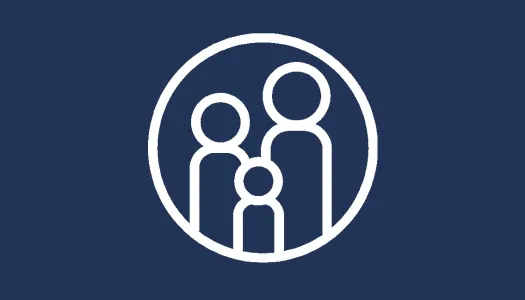Member-Owned
Credit unions are owned and controlled by their members. Member-elected volunteer board of directors manage credit unions.

Not-For-Profit Status
All credit unions are not-for-profit organizations. They operate by prioritizing the well-being of their members. Profits made by credit unions are returned back to members in the form of reduced fees, higher savings rates, and lower loan rates.

Membership
Members of a credit union share a common bond, also known as the credit union’s “field of membership." You may be able to join based on your:
-
Employer
 Many employers sponsor their own credit unions.
Many employers sponsor their own credit unions. -
Family
 Most credit unions allow members' families to join.
Most credit unions allow members' families to join. -
Geographic Location
 Many credit unions serve anyone that lives, works, worships or attends school in a particular geographic area.
Many credit unions serve anyone that lives, works, worships or attends school in a particular geographic area. -
Membership in a Group
 Membership in a group, such as a place of worship, school, labor union or homeowners' association may qualify you to join.
Membership in a group, such as a place of worship, school, labor union or homeowners' association may qualify you to join.
Community Involvement
Members often have shared interests and appreciate participating in an institution designed to help other members. Credit unions may provide:
- financial education and outreach to consumers;
- in-school credit union branches; and
- services and products to meet small business needs.

Cooperative
The cooperative structure of credit unions creates a cycle of mutual assistance towards the common goal of the financial well-being of members. One member’s savings becomes another member’s loan.

Credit Union and Bank Rates
On average, credit unions offer higher saving rates and lower loan rates, which could help your savings grow faster and your loan will cost less. Credit unions also tend to charge lower fees, require lower deposit balances and offer tailored services and products to their members. Compare the current interest rates offered by credit unions and banks.

How is a Credit Union Different than a Bank?
Like banks, credit unions accept deposits, make loans, and provide a wide array of other financial services. But as member-owned institutions, credit unions focus on providing a safe place to save and borrow at reasonable rates. Unlike banks, credit unions return surplus income to their members in the form of dividends.

